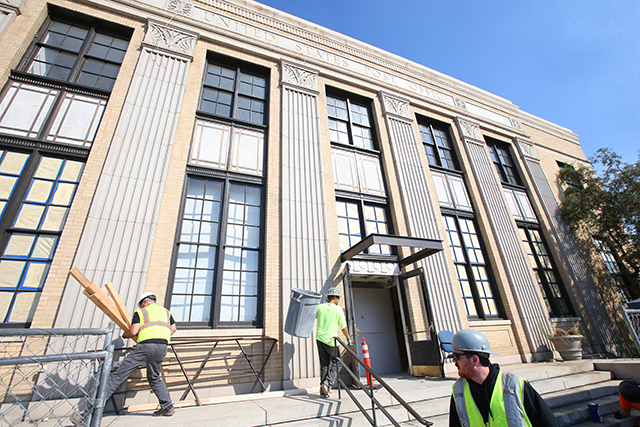SEC seeks to prohibit flash-order technique of trading
Published 5:00 am Friday, September 18, 2009
It is an obscure art of Wall Street, a technique that gives a scattering of traders an edge over everyone else and the Securities and Exchange Commission wants to stamp it out.
The SEC on Thursday proposed to ban what are known as flash orders, which use powerful computers to glimpse at investors orders. The practice is often associated with a controversial corner of finance called high-frequency trading, which has grown, largely hidden from view, into a potent force in the markets.
Trending
The proposed ban was announced on the same day that the SEC put forward new rules for credit ratings agencies, which were widely criticized for their role in the financial crisis. Together, the moves telegraphed a tougher line from the SEC after a series of prominent missteps, including its failure to spot the Ponzi scheme orchestrated by Bernard Madoff.
Critics say that flash orders favor sophisticated, fast-moving traders at the expense of slower market participants.
Using lightning-quick computers, high-frequency traders often issue and then cancel orders almost simultaneously and get an early peek at how others are trading.
SEC Chairwoman Mary Schapiro said Thursday that in proposing the ban, the commission was trying to balance the often- competing interests of long-term investors and short-term traders. The proposal requires a second vote by the commission to become binding.
Fast-moving electronic exchanges have upended old-fashioned stock trading. Buyers and sellers no longer must interact on exchange floors and haggle over prices. Today, traders employ powerful computer programs to execute millions of orders a second and scan dozens of marketplaces simultaneously. While anyone can gain access to flash orders for a fee, only very powerful computers can process and act on the information. In July, flash orders represented 2.8 percent of the roughly 9 billion shares of stocks traded in the United States.
According to Richard Repetto, an analyst at Sandler ONeill who studies stock exchanges, the average trade is executed, or completed, in less than 10 milliseconds and often as fast as 5 milliseconds.
Trending
Proponents of the practice argue such trading enhances the liquidity and greases the wheels of the markets.
High-frequency trading has made the markets more efficient, and generally speaking, markets that are more efficient are better for all participants, said Justin Schack, a vice president at Rosenblatt Securities.
Even so, Schack said he was pleased the SEC was moving to ban flash orders, which he said tended to benefit everyone except for the customer.
Direct Edge, an electronic exchange, has benefited the most from the use of flash orders, analysts said. But other electronic exchanges, including Nasdaq and BATS, also jumped into the market, prodded by competitive pressures.
Getting flashed an order offers a trader a distinct edge. When buy and sell orders come into an exchange, they are first flashed to those paying to see them for 30 milliseconds 0.03 seconds before they are available to everyone else. In the blink of an eye, the systems can detect patterns and get a jump on other investors. Before others even see the order, high-frequency traders swoop in and then out.








